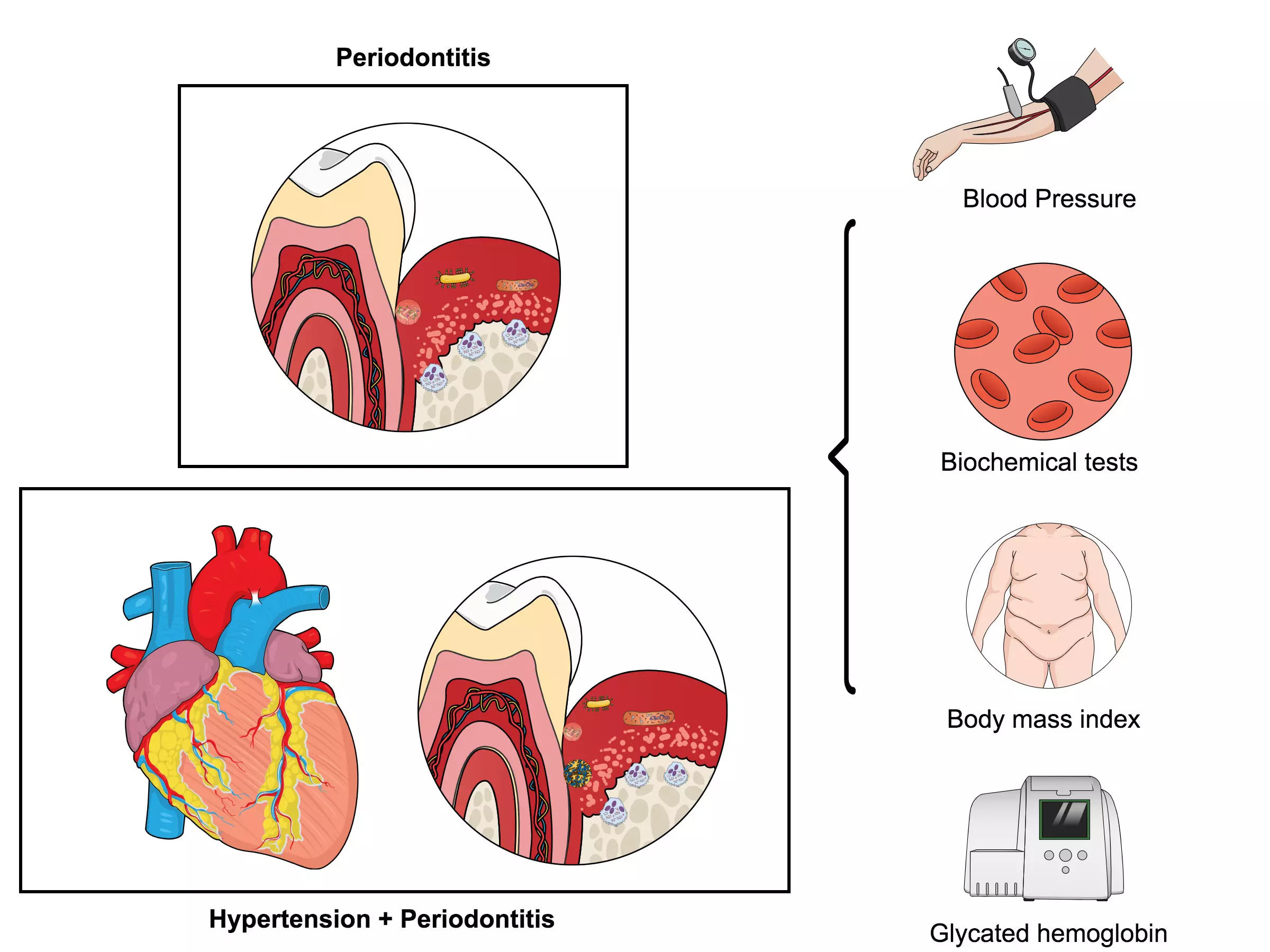
New Delhi: Amid the ongoing controversy concerning the National Eligibility-and-Entrance Test Undergraduate (NEET-UG) 2024 examination, a plea has been filed calling for a re-evaluation of the OMR sheets instead of cancellation of the exam held on May 5th, 2024.
The petitioners, who appeared in the MBBS entrance exam this year, have contended that cancelling the exam would amount to “severe injustice” and will have serious repercussions on the candidates who have worked hard for the examination.
They have stated that cancellation of the NEET UG 2024 will be an “arbitrary decision” and it would also violate their fundamental rights under Articles 14, 19, and 21 of the Constitution of India. According to the petitioners, such cancellation will cause prejudice to the deserving candidates and benefit only a few.
Therefore, suggesting a re-evaluation as an alternative, the petitioners have submitted that revaluation can address issues including rank inflation and a substantial increase in the number of toppers.
Also Read: NEET 2024 Controversy: Can’t Hold Re-test for Solitary Candidate, says SC on aspirant’s plea
As per the latest media report by Live Law, filed by five candidates, the plea stated, “The alleged cancellation of examination, at this stage will have serious repercussions on the candidates who have thoroughly worked hard for the examination. The Petitioners propose to suggest that in view of the rank inflation this year, which is clear from the chart below, it is advisable to have revaluation of the scores rather than having a re-neet for all the candidates.”
The petitioners also pointed out that unlike in the previous years, NTA opened a window for 24,000 candidates to register for the examination after the initial deadline had passed.
In this regard, the plea stated, “There may be an apprehension of some tampering with respect to these 24000 newly added candidates, who registered as per notice dated 08.04.2024. Therefore, revaluation for the 24000 candidates is also paramount.”
The petitioners have prayed to the Apex Court to issue an order directing the National Testing Agency (NTA) to not pass any order for cancellation of NEET-UG 2024 exam. It also prayed for directions upon NTA to pass an order for revaluation of the OMR sheets of all the candidates to ensure transparency of the examination process and in order to address the concerns regarding alleged tampering, rank inflation and soaring rise in the number of toppers (to 67) in NEET-UG 2024.
Further, the plea sought a direction on NTA to scrutinize the OMR sheets of 24,000 candidates who registered for NEET-UG 2024 while the registration window was reopened vide notice dated 08.04.2024.
This year’s NEET UG 2024 exam was mired in controversies after a paper leak scam came to light. Medical Dialogues had earlier reported that around 13 people, including four examinees and their family members, were arrested in Bihar for their alleged involvement in the paper leak of the NEET-UG exam. Patna police sources had previously claimed that the NEET-UG question papers along with their answers were provided to around 20 aspirants a day before the date of the exam i.e. May 5, 2024.
Then, the Economic Offences Unit (EOU) of Bihar Police, which took over the investigation, revealed that the brokers involved in the NEET paper leak scam took between Rs 30 lakh to Rs 50 lakh from each of the medical aspirants in exchange for giving them the question paper of the NEET UG 2024 question paper ahead of the examination.
Multiple pleas have been filed before the High Courts and the Supreme Court seeking an investigation into the alleged paper leak scam. Some of the pleas demanded the scrapping of the NEET UG 2024 exam and holding a retest. Meanwhile, during the case proceedings, NTA earlier decided to withdraw the grace marks awarded to 1563 candidates and hold an optional retest for those candidates. Those who did not opt for the retest were allowed to retain their original marks, without the grace marks.
The matter is now being investigated by the Central Bureau of Investigation (CBI). Central Government on June 22, 2024, handed over the charge of investigating in the alleged irregularities in the NEET UG 2024 examination to the Central Bureau of Investigation (CBI).
“Certain cases of alleged irregularities / cheating / impersonation / malpractices have been reported. For transparency on the conduct of the examination process, the Ministry of Education, Government of India after a review has decided to entrust the matter to the Central Bureau of Investigation (CBI) for a comprehensive investigation,” the Ministry of Education stated in a release.
Earlier, while considering the NEET-related pleas, the Supreme Court had refused to defer the counselling/seat allotment process scheduled to commence on July 6. However, the bench had orally observed that the admissions would be subject to the final outcome of the petitions and if the exams were set aside, the counselling would get invalidated consequentially.
The Top Court had also expressed its concern over the alleged discrepancies in the NEET UG 2024 exam. The Court had noted that even ‘0.001& negligence’ in conducting the NEET-UG 2024 exams would be looked into with all seriousness considering the immense labor put in by the candidates for the prestigious examination.
Medical Dialogues had earlier reported that recently two candidates Kritika Garg and Priyanjali Garg approached the Apex Court opposing the proposal to cancel the NEET exam and hold a retest. Hailing from Meerut, these candidates secured Rs 705 and 690 marks respectively.
Approaching the Apex Court bench, they argued that students who have prepared for years should not be put to the trouble of appearing in the exam again. These applicants further contended that holding a retest for the NEET UG 2024 exam would not only be “unfair” to most students but would also cause hardship to their families.
Also Read: Scrapping NEET 2024 for Mischief of a Few would be Unjust: 2 Candidates File Application before Supreme Court




















